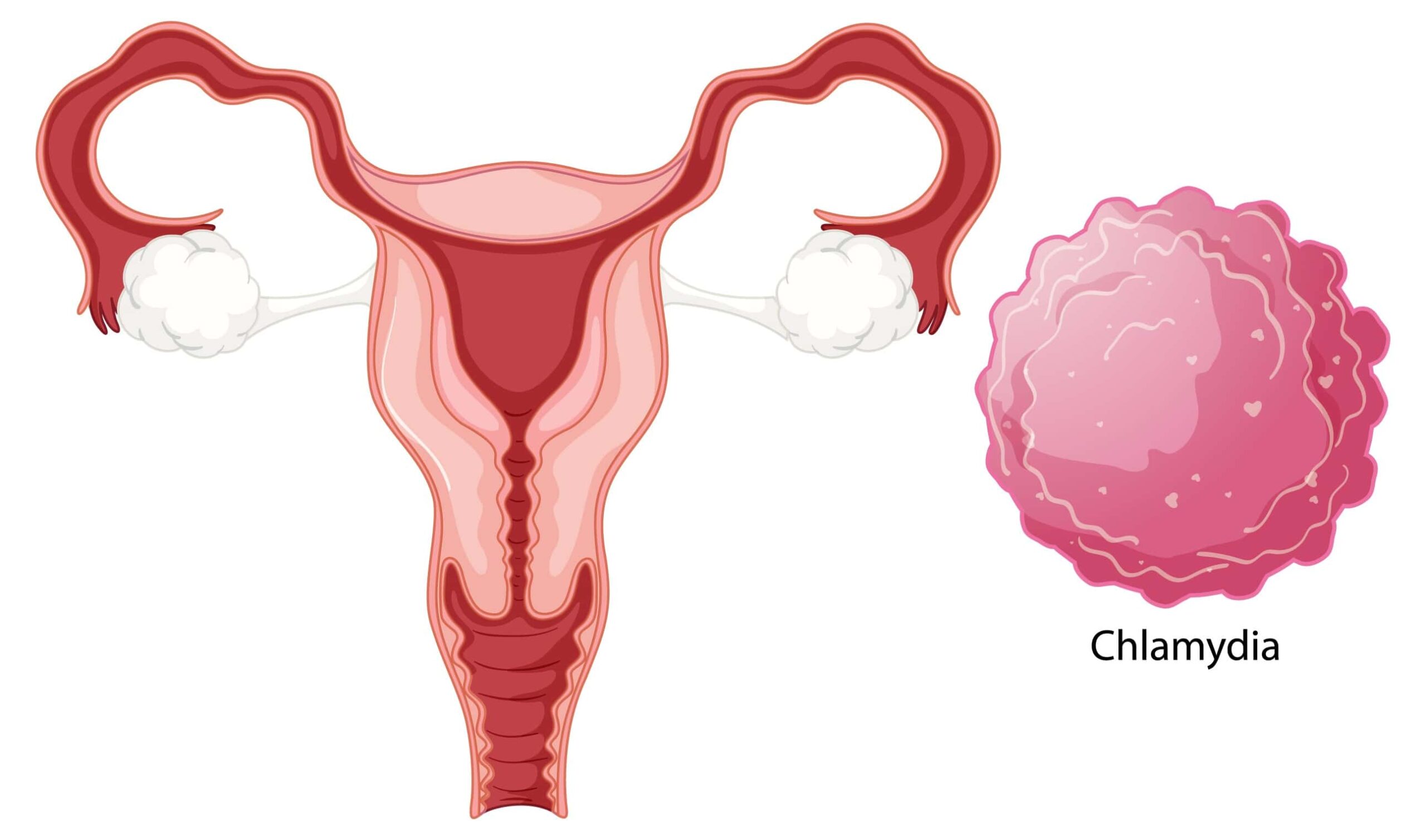Chlamydia is a prevalent sexually transmitted infection (STI) caused by the bacterium Chlamydia trachomatis. This microscopic organism can infect various parts of the body, including the genitals, rectum, and throat, leading to a range of symptoms and potential complications if left untreated. In this comprehensive guide, we will delve into all aspects of chlamydia, including its symptoms, causes, transmission, diagnosis, treatment, prevention, and the importance of awareness and safe sexual practices.
Understanding Chlamydia
1. The Chlamydia Bacterium
Chlamydia trachomatis is a tiny, gram-negative bacterium responsible for chlamydia infections in humans. There are multiple strains of Chlamydia trachomatis, with some causing eye infections (trachoma) and others causing genital or systemic infections. In this article, we will focus on genital chlamydia, one of the most common STIs worldwide.
2. Prevalence of Chlamydia
Chlamydia is incredibly common, especially among sexually active individuals, particularly those aged 15 to 24. According to the Centers for Disease Control and Prevention (CDC), over 1.8 million cases of chlamydia were reported in the United States in 2019. However, many cases go unreported due to asymptomatic infections.
Chlamydia Transmission
Chlamydia is primarily transmitted through sexual contact, including vaginal, anal, or oral sex with an infected partner. It can be spread even if the infected person does not have visible symptoms, making it challenging to detect and prevent. Other modes of transmission include:
1. Mother-to-Child Transmission
Pregnant women with chlamydia can transmit the infection to their infants during childbirth. This can lead to eye infections (conjunctivitis) or pneumonia in newborns.
2. Hand-to-Eye Transmission
Chlamydia can also spread from infected genitals or rectums to the eyes if a person touches their eyes after touching infected areas without proper handwashing.
Chlamydia Symptoms
Chlamydia is often called the “silent infection” because many individuals infected with it remain asymptomatic. However, when symptoms do occur, they can vary depending on the affected body part. Common symptoms include:
1. Genital Chlamydia Symptoms
Women: Women with genital chlamydia may experience abnormal vaginal discharge, pain or burning during urination, abdominal pain, and pain during sexual intercourse. Some may also notice bleeding between periods.
Men: Men infected with chlamydia may have discharge from the penis, pain or burning during urination, testicular pain, and swelling.
2. Rectal Chlamydia Symptoms
Both men and women can develop rectal chlamydia if they engage in anal sex with an infected partner. Symptoms include rectal pain, discharge, and bleeding.
3. Throat Chlamydia Symptoms
Chlamydia can infect the throat, usually through oral sex with an infected partner. Throat chlamydia may cause a sore throat but is often asymptomatic.
It’s essential to note that not everyone with chlamydia will experience symptoms, and asymptomatic individuals can still transmit the infection to others.
Chlamydia Complications
If left untreated, chlamydia can lead to various complications, including:
1. Pelvic Inflammatory Disease (PID)
PID is a severe infection that can occur in women when chlamydia spreads to the reproductive organs. It can lead to chronic pelvic pain, ectopic pregnancies, and infertility.
2. Epididymitis
In men, untreated chlamydia can lead to epididymitis, an infection of the epididymis (the tube that stores and carries sperm). This condition can cause testicular pain and, in rare cases, infertility.
3. Increased HIV Risk
Having chlamydia can increase the risk of contracting HIV if exposed to the virus.
4. Infected Newborns
As mentioned earlier, infants born to mothers with untreated chlamydia can develop eye infections or pneumonia.
Chlamydia Diagnosis
Early detection and treatment of chlamydia are crucial to prevent complications and reduce the spread of the infection. Diagnosis involves:
1. Testing
Testing for chlamydia typically involves collecting a sample of urine or swabbing the affected area (genitals, rectum, or throat). Laboratory tests detect the presence of the chlamydia bacterium.
2. Screening
Sexually active individuals, especially those with multiple partners, should undergo regular STI screening, including chlamydia testing. Routine screening helps identify and treat infections, even in the absence of symptoms.
Chlamydia Treatment
Chlamydia is easily treatable with antibiotics. The most commonly prescribed antibiotics for chlamydia include azithromycin and doxycycline. Treatment typically lasts for a week, during which sexual activity should be avoided. Partners should also be treated to prevent reinfection.
It’s essential to complete the full course of antibiotics, even if symptoms improve before the medication is finished. Failure to do so can lead to antibiotic resistance.
Chlamydia Prevention
Preventing chlamydia involves several strategies:
1. Safe Sexual Practices
Condom Use: Consistent and correct condom use during sexual activity can significantly reduce the risk of chlamydia and other STIs.
Limiting Sexual Partners: Reducing the number of sexual partners can lower the risk of exposure to infected individuals.
2. Regular Screening
Sexually active individuals should undergo regular STI screenings, including chlamydia tests. Early detection allows for prompt treatment.
3. Partner Notification
If diagnosed with chlamydia, it’s crucial to inform sexual partners so they can get tested and receive treatment if necessary. This helps prevent reinfection and further spread.
4. Safer Oral and Anal Sex
Using dental dams or condoms during oral or anal sex can reduce the risk of chlamydia transmission.
Conclusion
Chlamydia is a common and potentially serious sexually transmitted infection caused by the bacterium Chlamydia trachomatis. While it often presents no symptoms, untreated chlamydia can lead to severe complications, including infertility and increased HIV risk. Early detection through regular screenings, safe sexual practices, and responsible partner notification are essential steps in preventing and controlling chlamydia infections.
Awareness, education, and open communication about sexual health play a critical role in reducing the prevalence of chlamydia and promoting overall well-being. Remember that practicing safe sex and seeking timely medical care can help protect both your health and the health of your sexual partners.




